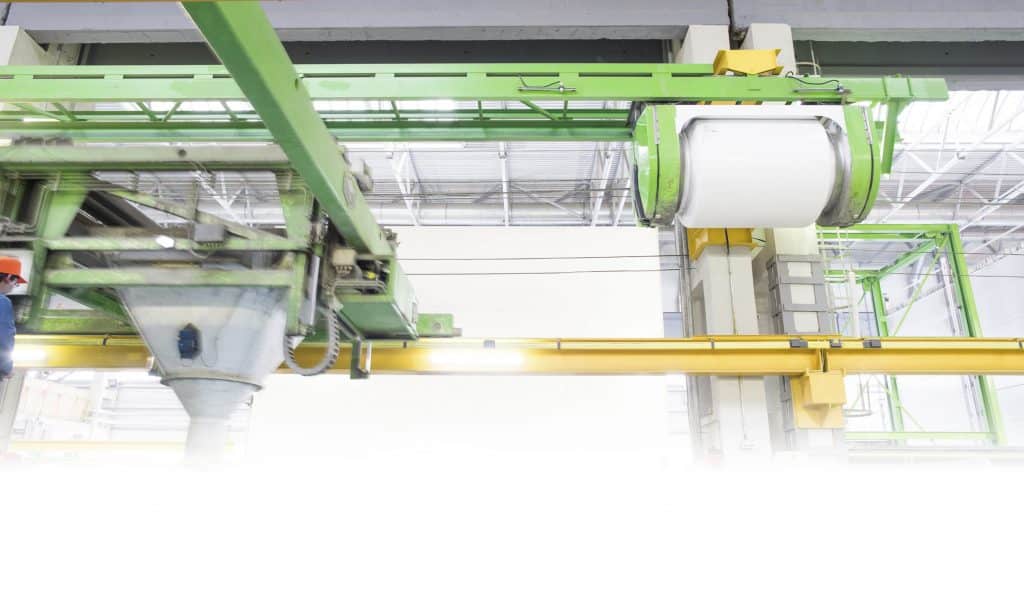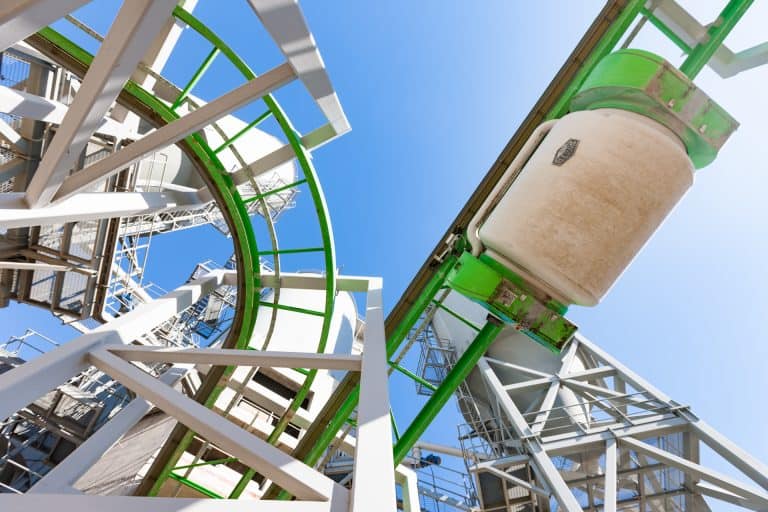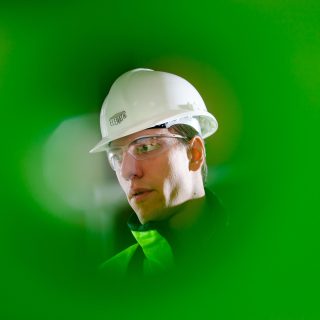Better safe than sorry

The concrete transportation system is a central part of any precast production facility. Any changes to the facility can result in changes to the transportation system. To ensure safety, all modifications should be reviewed by the machinery supplier.
Let’s say that you need to clean or maintain the shuttle of your transportation system. You have neither the time nor the possibility to get a basket crane to lift you up there. Maybe you need to do this regularly, so why not build a location that you can climb to?
This is a typical example of a modification that does not sound very dangerous, and yet potentially is. What if the unit suddenly moves and hits you while you’re up there? What if something falls down from the unit?
In an industrial environment, safety and worst-case scenarios must be thought through carefully and risks need to be minimized.
”Dangerous situations may occur when a factory is modified, but the change’s effects on the concrete transportation system are often not considered,” says Toni Koitmaa, Quality Manager at Elematic.
”Our customer is of course responsible for their facility and free to modify it to meet the needs of their production. Even so, when modifications are planned, it is a very good idea to contact us. Since we have designed the original layout and have experience with a range of locations, our experts can spot potential dangers more easily.”
Risk assessment and consultation
Elematic has created a risk assessment chart that includes suggestions for eliminating various risks. The possible risks are wide-ranging. A unit can be crashed with a forklift, concrete may fall down and hit something or someone, or the transportation system may be jammed.
”The assessment is made with the possible damage in mind. The methods for eliminating risks vary: At the lowest risk level, simply informing and educating workers may be enough. At the highest level, there may be a need for a gate or a fence to prevent entrance to the danger zone, or the power can be switched off automatically when the gate is opened.”
The facilities typically include machinery from several suppliers in addition to solutions made by the client. It is essential to look at the facility as a whole from a safety perspective.
”The client does not need to know everything. If there are any doubts about safety, we are happy to help. It is a benefit for the client and ourselves to know the environment where our machinery is used,” Koitmaa says.
The risk assessment process usually necessitates a visit to the facility, but this is not always the case. Sometimes photos or a video of the alterations are enough. First the alterations are reviewed, then the earlier mentioned risk assessment chart is put to work and actions suggested.

Expertise and knowledge
Safety is the most important feature of a modern concrete production facility. The environment is often challenging, which is exactly why safety must remain at the forefront.
”When someone is injured, it is always a tragedy for everyone involved. It is painful for family members and friends, and the company suffers a loss in many ways as well. Safety must be taken seriously,” Koitmaa points out.
A concrete producer does not need to be an expert in machinery safety regulations or safety systems. Elematic has the required expertise and stays up to date with the latest developments.
”We do our best to be ahead of our time. Safety systems and the reliability of our machinery are constantly improving. We want to do our best to help our customers build a safe working environment.”

Toni Koitmaa